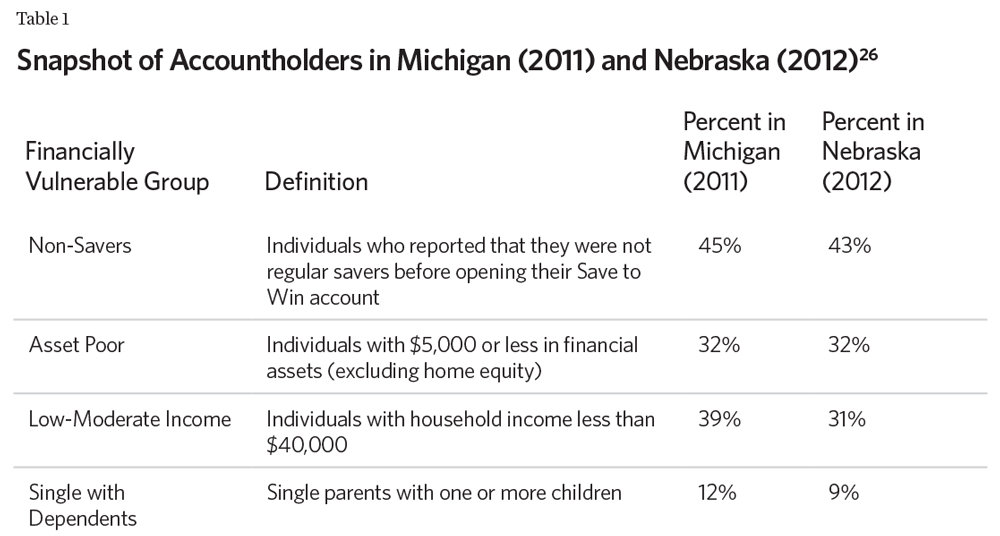Use Savings Bonds to Battle Low CD Rates US News
Post on: 17 Апрель, 2015 No Comment

In this low-rate environment, Series I savings bonds are a viable alternative to short-term CDs.
As you look at the various options to combat deteriorating interest rates on savings accounts and certificates of deposit (CDs), you may come across Series I savings bonds, which remain a viable alternative to short-term CDs in this low-rate environment .
Simon Zhen
Series I savings bonds are issued by the Treasury and are similar to CDs, but they come with fluctuating interest rates that depend on six-month inflation rates. When you purchase I bonds, they are tied to your Social Security number and earn interest for up to 30 years. However, you can redeem your I bonds after 12 months (there is an early-redemption penalty equivalent to the last three months of interest if the bonds are redeemed within five years of issuance).
The six-month composite rate for I bonds is calculated through a formula involving a fixed rate (determined by the Treasury) and an inflation rate (the change of a consumer-price index according to the Bureau of Labor Statistics). The composite rate changes every six months in May and November. The composite rate for each I bond will change in six-month intervals depending on when it was issued.
For I-bond investors. high inflation means a better interest return.
In May 2012, the composite rate for I bonds was 2.21 percent. For November, the composite rate will be at least 1.76 percent (the fixed-rate component isn’t announced until November). If you purchase I bonds before November, you are guaranteed an effective 1.56 percent APY if bonds are redeemed after 12 months (penalty already accounted for).
According to bank data tracked by MyBankTracker, the national rate average for 1-year CDs is 0.55 percent APY, as of October 17. The highest nationwide 1-year CD rate is 1.10 percent APY from Bank of Internet USA.
With the Federal Reserve glued to its low-rate monetary policy, these rates are likely to drop, which they’ve already done in the past few years. The central bank projects the low rates to stick around until the middle of 2015. A newly-introduced ongoing bond-buying program will help push rates down even further.
If you want your cash savings to bring in a higher return, consider investing in Series I savings bonds, which earn nearly three times as much as the average 1-year CD and beat the best 1-year CD.
Although I bonds offer better returns on your savings, there is a downside. The Treasury allows a maximum of $10,000 in purchases of I bonds per Social Security number. I bonds are available for purchase only at TreasuryDirect.gov.
The interest earned on I bonds is exempt from state income taxes, but not federal income taxes. Interest earnings are excluded from federal income taxes only when used to pay for education.
Simon Zhen is a columnist and staff writer for MyBankTracker.com. His columns cover all aspects of personal finance, with a focus on bank rates, products, services, and technology .














